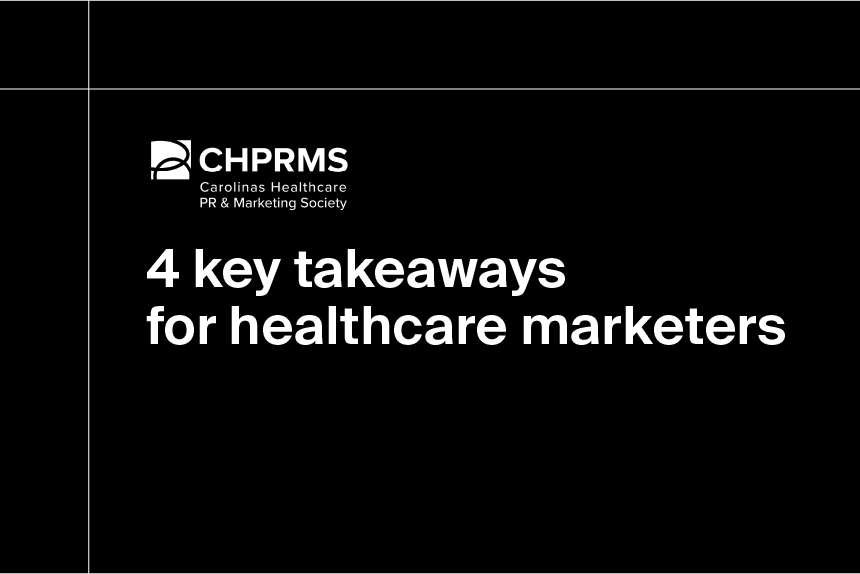From drugstore chains like CVS Health to big-box stores like Walmart, retailers have been elbowing their way into healthcare delivery for more than a decade, pushing retail health clinics as a low-cost alternative to traditional care settings.
As retailers tap into the growing demand for convenient, consumer-centric care, data show their efforts are paying off: Over the last five years, the use of retail medical clinics grew 200%. This was more than urgent care centers, emergency rooms, and primary care offices.
In the coming year, look for retail giants to double down on their healthcare ambitions with newcomers like Costco entering the fray and existing players like CVS Health and Walgreens refining their offerings, focusing on more complex care like chronic diseases.
Here’s a closer look at some of the latest trends in retail health and what to expect in 2024.
Making sense of the retail clinic landscape
If you step into a drugstore in a major U.S. city, odds are you might spot a retail clinic. More than 1,700 active retail clinics dot the country. Big chains like CVS Health, Kroger Health, and Walgreens hold the reins over most retail clinics. Health systems, hospitals, and physician groups are also dipping their toes into the retail clinic pool, either by partnering with existing chains or taking over ownership. For example, Advocate Health (with Walgreens) and Kaiser Permanente (with Target) have embraced this way of delivering convenient medical care.
Retail clinic market share in 2023
Fig. 1 Data from Definitive Healthcare’s ClinicView product. Based on the number of retail clinics tracked as of December 14, 2023.
While retail clinics can be found almost anywhere in the country, they’re more likely to be in major metropolitan areas. Only about 2% of clinics are in rural areas, half of which are owned by CVS. This could change as more retailers test the waters in offering affordable care. Players to watch include discount retailer Dollar General, which recently teamed up with DocGo to pilot mobile health clinics in the country’s rural areas in 2023. Rural healthcare is also a target for Walmart.
Retailers push deeper into care delivery but not without challenges
In the first wave of the convenient care trend, retailers focused on a limited range of health conditions, from minor illnesses and injuries to one-off visits for vaccinations. Today, retailers are making inroads into what has traditionally been the domain of doctors: primary care and chronic disease management. Several are even stepping into behavioral health.
CVS Health offers chronic disease management for patients with diabetes, hypertension, and other conditions and provides in-person and virtual mental health services. In 2023, the company sealed the deal on its acquisitions of home healthcare company Signify Health and Oak Street Health, picking up 169 primary care centers.
Walmart, too, is doubling down on primary care. The retail giant plans to roll out 75 health centers in 2024, extending its reach into two new states, Missouri and Arizona, and increasing its presence in Texas. The company also inked a deal with UnitedHealth Group to deliver value-based care at certain Walmart Health centers.
Not every step is a leap forward, though. Walgreens had big plans for its physician-staffed primary care clinic chain VillageMD but will shutter 60 clinics across five markets as part of a cost-saving plan, signaling a more cautious approach for 2024. The company’s recent setbacks highlight the complexities of owning care delivery.
Despite these bumps, the potential is undeniable. In 2022, about 1 in 10 diagnoses made in retail clinics were attributed to chronic conditions like diabetes, hypertension, and chronic obstructive pulmonary diseases (COPD), based on data from the Atlas All-Payor Claims Dataset. With more than 6 in 10 adults in the U.S. living with a chronic condition, the opportunity for retailers to become meaningful players in chronic disease management is vast, especially as companies evolve clinic offerings from episodic treatment to primary care.
Retailers foster partnership opportunities to find sustainable growth paths
As retailers barrel ahead, they could take more patients out of the traditional care pathway. But this disruption also breeds opportunity, creating fertile ground for collaboration between traditional providers and retail giants.
Walgreens, for instance, recently teamed up with Connecticut-based Hartford HealthCare to introduce health clinics at specific Walgreens outlets, and Walmart signed its first partnership with a health system, Florida-based Orlando Health, in late 2023. Best Buy is cozying up to Geisinger (although it doesn’t offer retail clinics) to tap into the chronic disease market and expand at-home care. These alliances give health systems an opportunity to not only increase capacity but to do so in a more consumer-friendly way.
For retailers, partnering with established providers unlocks expertise and clinical resources, allowing them to expand care offerings and build trust with patients, especially as they wade into more complex care like chronic disease management.
Strategic partnerships powered by digital solutions are also blooming. Vitamin retailer GNC Health now offers virtual primary care, urgent care, and mental health services through a new partnership with ReviveHealth, while Costco taps Sesame to launch virtual consults. Amazon recently made a splash with its new One Medical for Prime benefit, a subscription-based service for primary care chain One Medical.
How can traditional healthcare providers thrive amid retail disruption?
How can traditional providers thrive in the next decade with deep-pocketed retail giants vying for a bigger slice of the medical pie? Be sure to read our full report: Retailers in healthcare: A catalyst for provider evolution for a data-driven look at current trends in retail clinics, what it means for patients and providers, and different strategies that incumbent healthcare organizations can pursue to stay competitive.
Stay tuned over the next few weeks as we unpack nine healthcare trends that will shake up 2024, providing insights, analysis, and takeaways to help you navigate the changing healthcare landscape.




